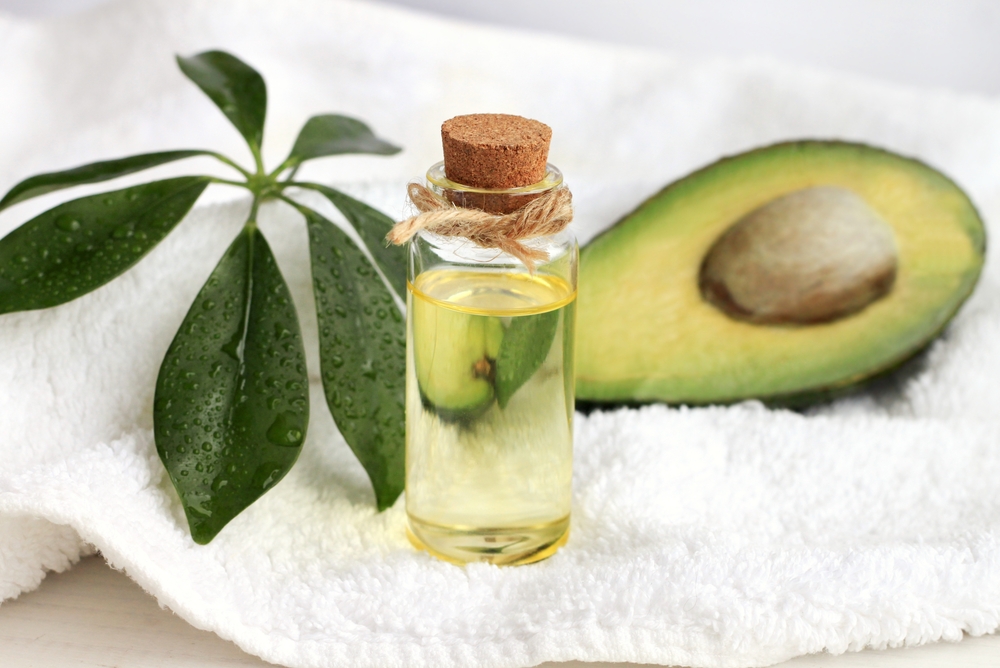MICROBIOLOGICAL TESTING LEGAL REQUIREMENTS
According to the European Cosmetic Regulation no. 1223/2009, data on microbiological quality must be indicated in the Cosmetic Product Safety Report (CPSR), which is included in the Product Information File (PIF). Moreover, “particular attention shall be paid to cosmetics used around the eyes, on mucous membranes in general, on damaged skin, on children under three years of age, on elderly people and persons showing compromised immune responses”. It is mandatory to present in the CPSR the results of a preservation challenge test.
The total count of aerobic mesophilic microorganisms (bacteria, yeasts and moulds) and the absence specific microorganisms (Candida albicans, Staphylococcus aureus, Pseudomonas aeruginosa, Escherichia coli) should be included. For products intended to be used around the eyes, in the mucous membranes or products intended to be used in children under three years of age, the limit for the total count of aerobic mesophilic microorganisms is 100 CFU/ml or g (for other products is 1000 CFU/ml or g)
There are several accepted methods for performing preservative efficacy testing, commonly called Challenge test, of cosmetic products. ISO 11930:2012 and the European Pharmacopeia Preservative Efficacy Test Method 5.1.3 are examples of such methods. ISO 11930:2012 was revised by ISO 11930:2019 and it specifies a procedure for interpretation of data generated by the preservation efficacy test, the microbiological risk assessment, or both, when evaluating the overall antimicrobial protection of a cosmetic product. This ISO comprises a preservation efficacy test and a procedure for evaluating antimicrobial protection of a cosmetic product that is not considered low risk based on the assessment described in ISO 29621. According to this last ISO, some products are considered low risk and do not need to go through a challenge test (e.g. products with pH below 3 or above 10).
VEGAN AND NATURAL PRODUCTS
Guidelines for technical definitions and criteria regarding natural and organic cosmetics were issued by ISO (ISO 16128) as discussed in one of our previous posts.
Currently in the EU, there is not a clearly regulatory definition of a ‘vegan’ cosmetic product. However, regardless of the type of cosmetic product (vegan, organic, natural) we are talking about, it still has to comply with the European Cosmetic Regulation (EU) No 1223/2009 and the Commission Regulation (EU) No 655/2013 concerning the justification of claims on cosmetics. Companies that are claiming to be ‘vegan’ or to place on the market ‘vegan’ products rely on their duly justified standalone claim substantiation or certification from a third party with technical recognition for that purpose.
The trendy vegan and natural products use higher risk materials and have less preservatives to choose from. Therefore, they can represent a higher risk of microbiological contamination and preventing such contamination becomes an important problem to product manufacturers.
Microbiological testing of cosmetics, which is mandatory to perform, involves neutralizers (used to deactivate a preservative and allow the growth of microorganisms) and culture media (where microorganisms grow and are quantified) that are usually animal-derived. This constitutes a problem and is a point of discussion when we are talking about natural and vegan products. There are companies that are already replacing the culture media and neutralizers most commonly used by synthetic and plant-derived alternatives.
For the manufacturing of all products it is essential to maintain Good Manufacturing Practices (GMP). This could be quite challenging, but internal and external audits and validations are the best tools to achieve it. If you need further information or advice on how to do this, we can help you. Feel free to contact us at info@criticalcatalyst.com.
References:
- Regulation (EC) No 1223/2009 of the European Parliament and of the Council of 30 November 2009 on cosmetic products.
- ISO 11930:2019. Cosmetics – Microbiology – Evaluation of the antimicrobial protection of a cosmetic product.
- ISO 29621:2017. Cosmetics – Microbiology – Guidelines for the risk assessment and identification of microbiologically low-risk products.















